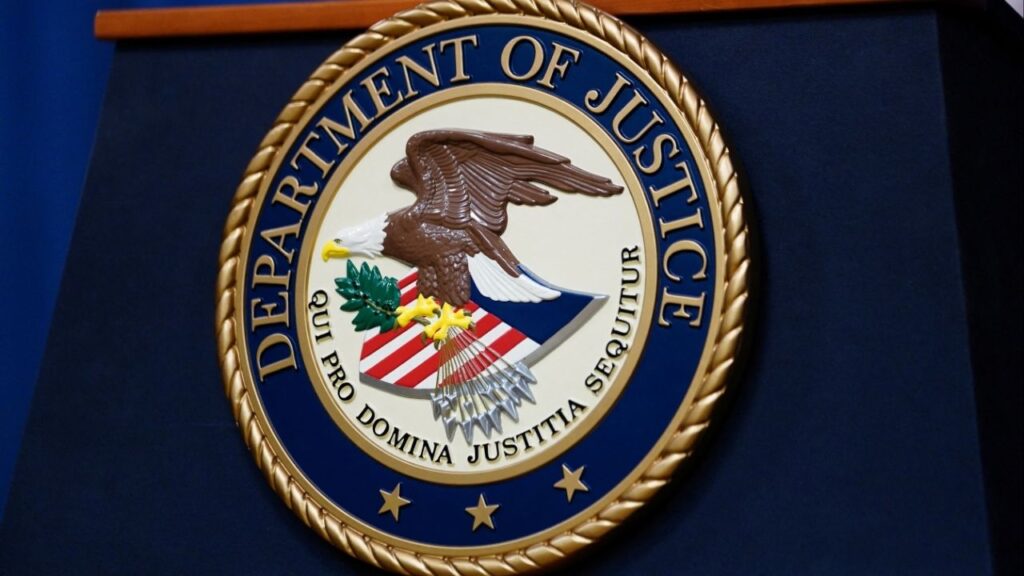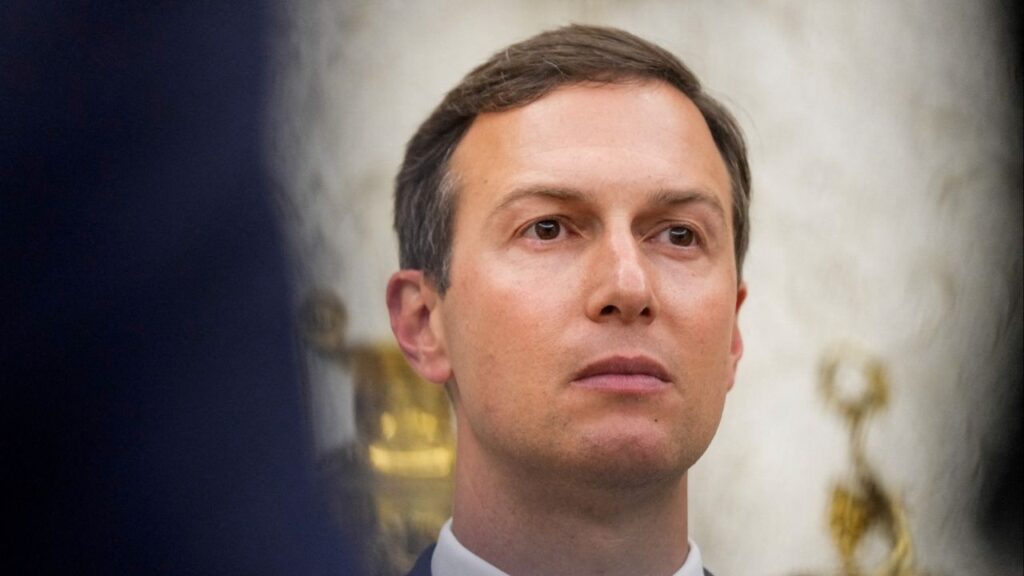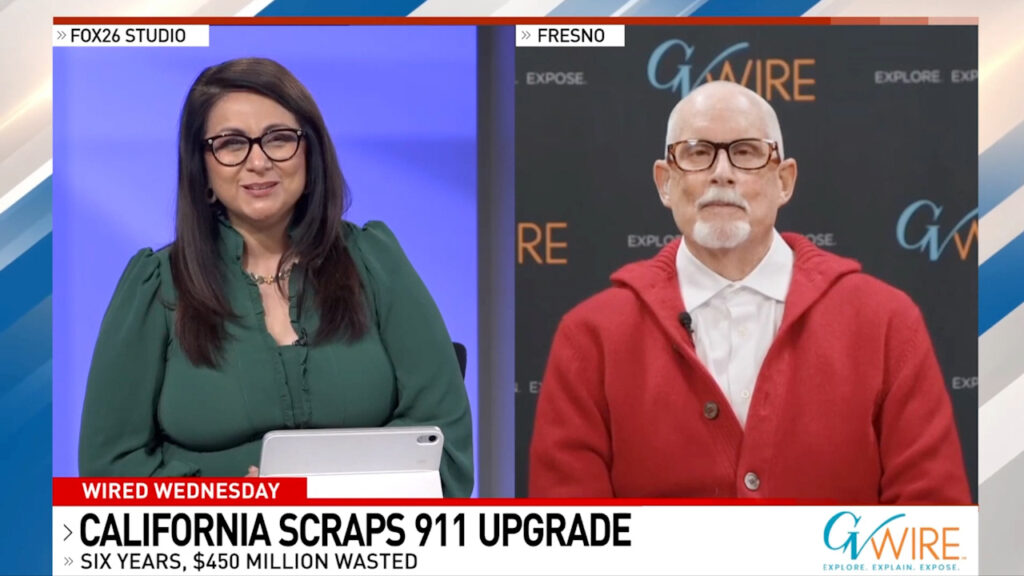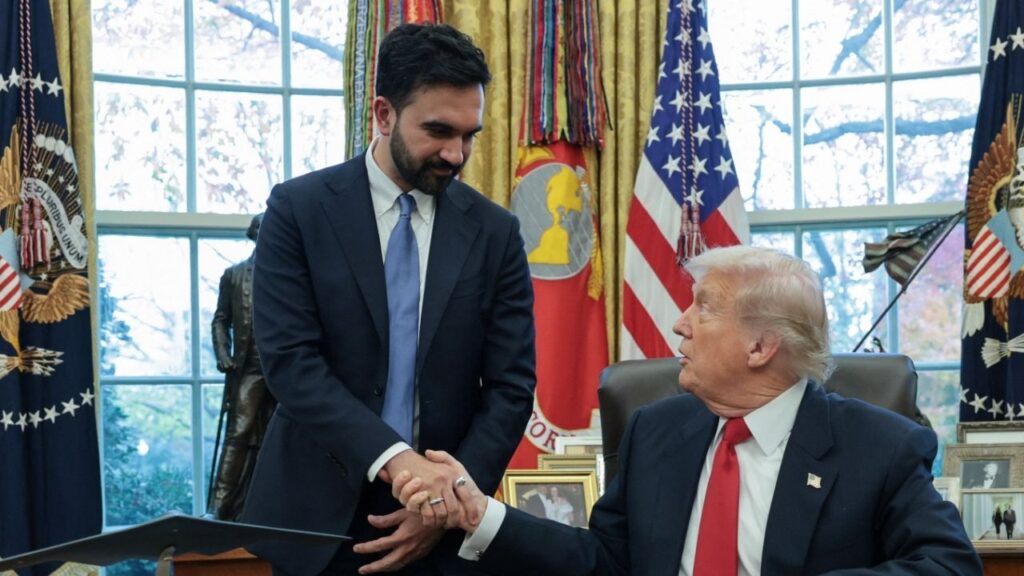President Donald Trump delivers remarks on tariffs in the Rose Garden at the White House in Washington, D.C., U.S., April 2, 2025. (Reuters File)
Share
|
Getting your Trinity Audio player ready...
|
GDANSK/LONDON – The deadline U.S. President Donald Trump set for major trading partners to strike deals with Washington or face hefty tariffs expires next week, bringing to a close 90 days of volatility but leaving global investors in the dark over what will happen next.
Trump’s propensity to issue a threat, or impose a new tariff, only to reverse course shortly afterwards has led to turmoil over the past three months.
Investors, however, have now become somewhat inured to this sort of policymaking on the fly. And, as a result, there is little evidence at this point that many are preparing for fireworks on July 9. Instead, most expect some kind of delay, pause or compromise.
What that will look like, however, is anyone’s guess.
Here is a snapshot of where major markets are now, relative to where they were when Trump dropped his initial tariffs bombshell on April 2:
Taking Stock of Stocks
Global stock markets have staged a strong recovery following the intense volatility triggered by Trump’s tariff announcement.
The MSCI World index, which fell 10% between April 2 and April 9, the day Trump paused the tariffs, has hit successive record highs and gained over 11% since the original “Liberation Day” announcement.
Global equities got another boost in May, when the U.S. and China reached a temporary truce, pausing many tariffs for another 90 days. Geopolitical tensions, including Israel’s recent strikes on Iran and Washington’s subsequent bombing of Iranian nuclear sites, briefly reined in sentiment but have not derailed the broader rally.
The S&P 500, which had lagged other major equity markets earlier in the year, has closed those gaps, gaining over 10% since April 2, and is neck and neck with the MSCI all-country index, which excludes the United States.
There’s an important caveat, however. The S&P has only hit record highs in dollar terms. The weakness in the U.S. currency has eroded the returns for overseas investors. In euro or Swiss franc terms, for example, the index is still about 10% below February’s record high, while in pounds, it’s 7% below the sterling-denominated peak.
Dollar Decline
The U.S. dollar, widely regarded as the world’s most powerful and stable currency, has suffered a knock to its reputation from Trump’s tariffs and the subsequent 90-day pause.
The dollar index, which reflects the U.S. currency’s performance against a basket of six others including the euro and the Japanese yen, suffered its worst first half of the year since 1973, declining by approximately 11%. It has fallen by 6.6% since April 2 alone.
Against the currencies of some of the United States’ biggest trading partners, the decline has been even more marked. It has lost some 8% against the euro and the Mexican peso since then and 5% against the Canadian dollar.
Vincent Mortier, the CIO of Europe’s largest asset manager Amundi, said the euro has plenty more room to run, especially as U.S. debt worries are also driving the dollar down.
“I won’t be surprised if by the end of next year we start to revisit the $1.30 level,” he said, highlighting that at its 2008 peak, the euro got as high as $1.60.
For Exporters, Certainty Is the Prize
European shares have more than recovered losses suffered since Trump’s “Liberation Day”. But strength in the euro and anxiety over tariffs have kept them below March’s record highs.
Large exporting sectors such as pharma and autos, which make up around one-third of EU exports to the United States, have rebounded too, but have been more volatile.
Brussels is reportedly open to a U.S. deal that would apply a universal 10% tariff on many of its exports, something several investors would view favorably should it be confirmed. Citi said markets risk being caught offside if tariffs are reimposed at 20% or reach 50%.
“Trump is truly unpredictable, but if it’s really around 10%, I think the markets will react very well,” said Carlo Franchini, head of institutional clients at Banca Ifigest.
The impact of the trade talks extends beyond Europe, however, with automakers in Japan also being watched. Citi’s base case is for a sustained 25% tariff, while a surprise cut to 10% could unlock a 50% upside for Japanese auto stocks.
All That Glitters
Gold has featured as the hedge of choice against an array of risks, from tariff-induced inflation, to geopolitical risk and a shift away from the U.S. dollar.
The price has hit record after record, rising 26% so far this year to around $3,330 an ounce. Gold has eclipsed bitcoin, which has gained about 14% year to date, and even Nvidia, the maker of chips that power AI capabilities, whose shares went parabolic last year and have risen about 18% this year.
Since April 2, gold’s ascent has gathered pace, fueled by purchases from central banks, fund managers and even individuals.
A survey by UBS Asset Management this week showed 39% of respondents said they planned to increase their domestically held gold holdings, compared with 15% last year. The independence of the Federal Reserve – whose chair, Jerome Powell, Trump has berated repeatedly for not cutting interest rates fast enough – is one of the key concerns cited in the survey.
—
(Reporting by Canan Sevgili and Alberto Chiumento in Gdansk, Danilo Masoni in Milan and Alun John, Marc Jones and Amanda Cooper in London; Editing by Joe Bavier)
RELATED TOPICS:
Categories



















